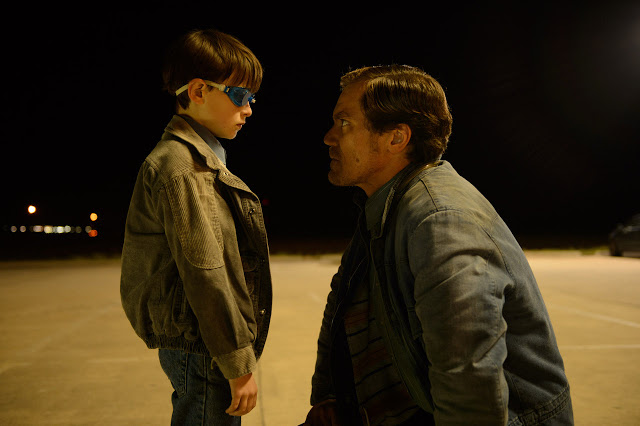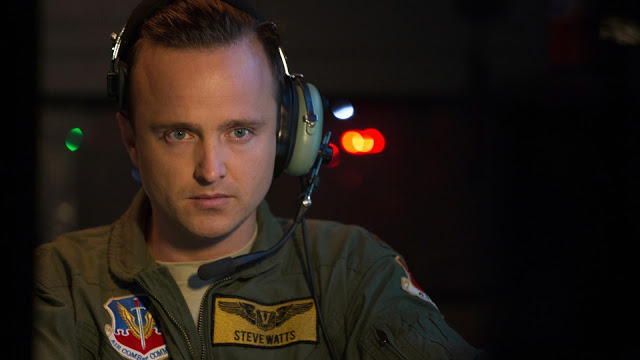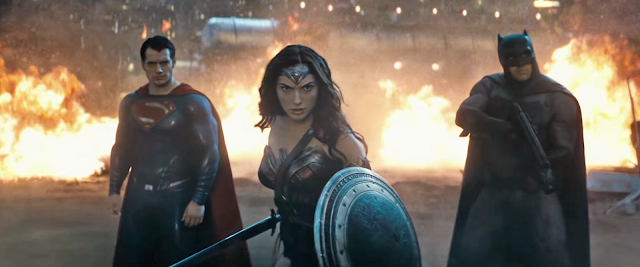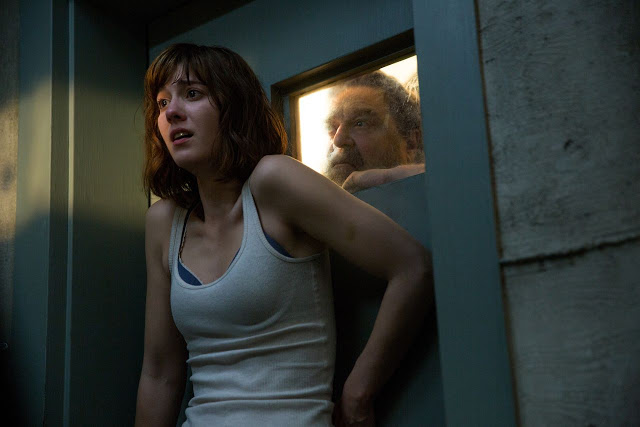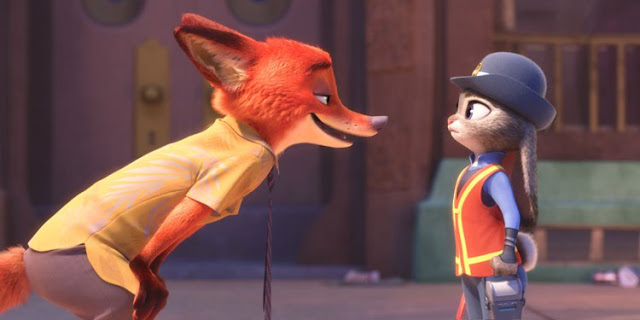Midnight Special: Bright-Eyed Boy, Phone Home
Alton Meyer is a strange boy. His nature and purpose are a subject of fierce dispute—some view him as the messiah, others as a danger—but there is no disputing his oddness. He has visions. He speaks in tongues. He has a knack for randomly uttering classified government information. And every so often, beams of bright blue light emanate from his eyes. This is not your typical eight-year-old.
And Midnight Special, the fourth film from writer-director Jeff Nichols, is not your typical movie. Exactly what it is, however, is harder to determine. Is it a science-fiction thriller? A magical fairytale? A parable of governmental interference? An admonition of cultish groupthink? Midnight Special carries hints of all of these, and its fractured, enigmatic identity is both tantalizing and, ultimately, dissatisfying. Its pieces are all strong—solid acting, impressive craft, moments of raw power—but it is so resistant to coherence that those pieces just sit in isolation, never coalescing into a compelling whole. It refuses to conform and ends up just being formless. Read More

